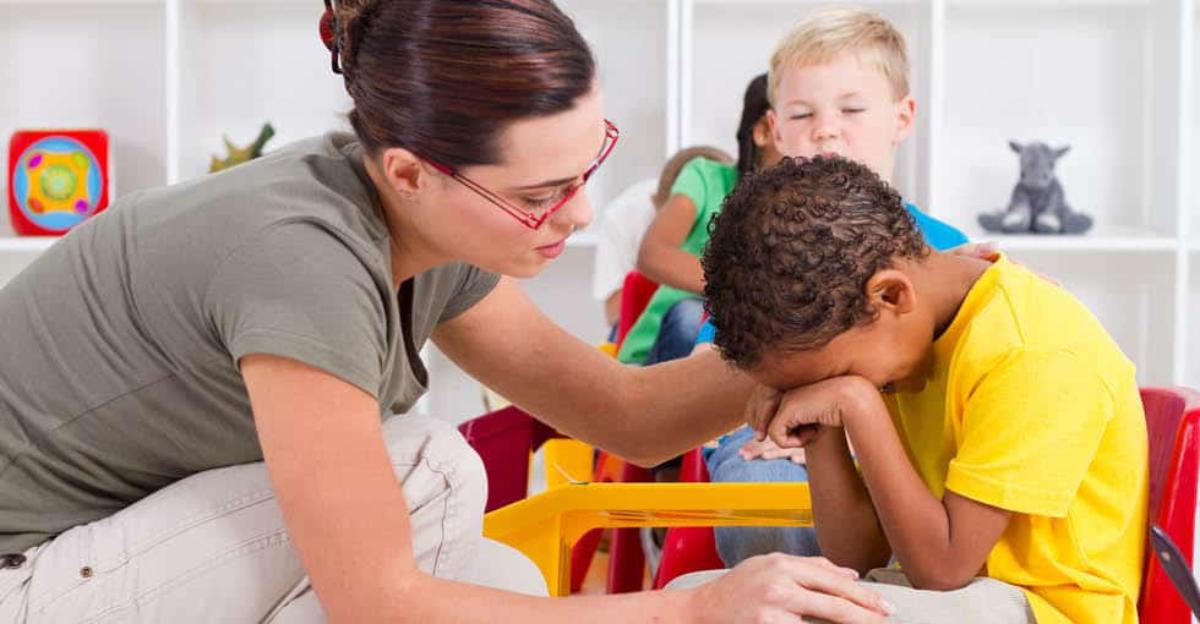Teaching students about the importance of compassion is a truly enormous task, and we’ve collected a few ideas from real teachers. Not sure how you want to bring compassion and the sharing of feelings and emotions into your classroom? Check out these real teacher tips for creating a compassionate classroom, inspired by comments on the Classroom Direct Your Compassionate Classroom Giveaway.
Compassionate Classroom Tips from Teachers
We gathered all the ideas and creative wisdom from teachers who posted on the Your Compassionate Classroom Giveaway and we are sharing it here. Use the inspiration to motivate yourself and to get this new school year started on a pathway to more compassion.
Modeling
By far, the most common compassion-building exercise mentioned on our Facebook post was modeling. This might seem obvious, but there’s always room for a reminder that our students and children are watching everything we do. Modeling positive talk and compassion for your students is one of the best and most impactful ways to teach them why it’s important to treat others well.
Here are some of our favorite teacher tips for modeling compassion in the classroom:
“Modeling, and if a student wants/needs to talk to me I will basically drop everything to talk one to one with that student. My students know I treat them with respect and ask the same on return.” – April W.
“By modeling correct behavior and how to handle situations when they arise. (…) We talk a lot about this and character development in our morning meetings. We have a focus for the day/week that we really try to work on.” – Jessica A.
“We model positive interactions and practice dealing with issues in a positive way. We use the 7 habits to make ourselves better and learn how to deal with others in authentic ways.” – Elizabeth G.
Sharing & Respect
Positive emotional sharing is a crucial part of learning how to handle life situations, and benefits students as it teaches them about how both positive and negative emotions can be shared in a positive way. Many of our contributors talked about practicing positive emotional sharing and having respect for others emotions.
Here are some of their methods:
“Positive emotional sharing starts with knowing the emotions first. We talk about feelings in my second grade classroom. If someone hurts another student, an apology is made right away. I also encourage giving and collecting compliments!” – Holly M.
“I like to encourage positive emotional sharing by truly listening to the students. This can only happen though by first establishing a trusting and respected relationship with each of them.” – Jenn M.
“We do a lot of sharing and modeling appropriate behavior. We develop “formulas” for ways to talk to people when you have to accept “no” for an answer, ways to apologize, ways to be friendly, etc.” – Breanne Y.
Encouragement
Learning ways to handle emotions and difficult situations can be tough, but students can encourage each other with compliments or pointing out small successes and make the learning process more comfortable. We saw quite a few great examples of how to incorporate encouragement into the daily classroom routine.
Check out the great ideas teachers had to offer:
“I have a shout out box where students write anonymous compliments to each other. I read them aloud.” – April T.
“We do Monday morning meetings and tell each other 3 things, 1 thing we are happy about 1 thing bothering us and 1 way we want to help someone that week. We shake 5 people’s hands and give out 3 compliments. It really helped us be a better community of friends.” – Gabrielle S.






Leave a Reply